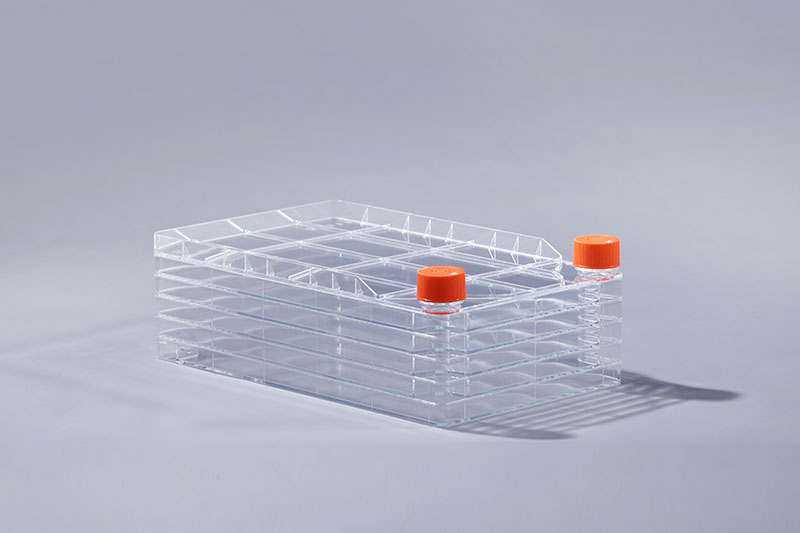In recent years, cell culture technology has been maturing, and cell factories have been increasingly used in large-scale cell culture, among which freeze-dried live attenuated hepatitis A vaccine is an important branch of its application field.
Hepatitis A, referred to as hepatitis A, is an acute infectious disease caused by the hepatitis A virus (HAV). The clinical manifestations are acute onset, with chills, fever, loss of appetite, nausea, fatigue, hepatomegaly and abnormal liver function. Jaundice occurs in some cases, and asymptomatic infections are more common, and generally do not become chronic and pathogen-carrying. Hepatitis A vaccine is a vaccine used to prevent hepatitis A. It has become one of the main vaccines for children in China. In May 2008, it was included in one of the expanded immunization vaccines. Some provinces and cities have provided free hepatitis A vaccination.
The hepatitis A vaccines on the market mainly include inactivated hepatitis A vaccines and live attenuated vaccines, among which the freeze-dried live attenuated vaccines are used in cell factories. There has always been a bottleneck in the production of lyophilized live attenuated hepatitis A vaccine stock solution, and the use of cell factories to culture human embryonic lung diploid cells to prepare freeze-dried live attenuated hepatitis A vaccine can save culture space, reduce pollution risks, and shorten operations. Due to the advantages of time and other advantages, the design of its multi-layer structure can greatly improve the production of hepatitis A vaccine, and has gradually replaced the roller bottle, becoming a new generation of cell culture technology for large-scale production of vaccines.
In addition, the cell factory can also be combined with automated equipment to achieve intelligent production, with relatively small differences in standardized operations, and can also be used for the production of vaccines such as JE, chickenpox, and measles.
The FAI climbed 5.9 percent year-on-year in the first 11 months of 2018, quickening from the 5.7-percent growth in Jan-Oct, the National Bureau of Statistics (NBS) said Friday in an online statement.
The key indicator of investment, dubbed a major growth driver, hit the bottom in August and has since started to rebound steadily.
In the face of emerging economic challenges home and abroad, China has stepped up efforts to stabilize investment, in particular rolling out measures to motivate private investors and channel funds into infrastructure.
Friday's data showed private investment, accounting for more than 60 percent of the total FAI, expanded by a brisk 8.7 percent.
NBS spokesperson Mao Shengyong said funds into weak economic links registered rapid increases as investment in environmental protection and agriculture jumped 42 percent and 12.5 percent respectively, much faster than the average.
In breakdown, investment in high-tech and equipment manufacturing remained vigorous with 16.1-percent and 11.6-percent increases respectively in the first 11 months. Infrastructure investment gained 3.7 percent, staying flat. Investment in property development rose 9.7 percent, also unchanged.
 English
English



















































